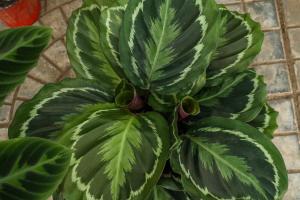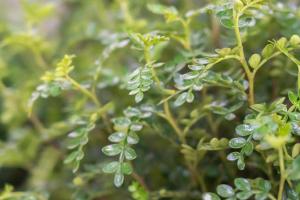How to Stop Mold in Potted Plants
If you have potted plants at home, you may have had to deal with different types of fungi and mold. These are common problems that can even affect healthy plants, especially during the damp and humid months. The good news is that there are several ways to stop mold in potted plants without using harsh chemicals or harming the environment.
1. Identify the mold
Before you can stop mold in your potted plants, you need to identify the type of mold you are dealing with. Mold can appear in different colors, including white, gray, black, brown, and green, and can have different textures and smells. Some mold types are harmless, while others can be toxic and dangerous to humans and pets. Consult a garden specialist or your local nursery to help identify the type of mold.
2. Improve air circulation
Mold thrives in damp and stagnant environments, so one of the best ways to stop mold in potted plants is to improve air circulation. Open doors and windows when possible, use a fan, or move the plants to an area with good air flow. You can also trim or prune the plants to remove any dead or damaged leaves that can contribute to mold growth.
3. Water carefully
Over-watering can promote mold growth in potted plants. Make sure the soil is dry to the touch before watering and avoid splashing water on the leaves, as this can lead to mold growth. Use a watering can with a thin spout or a spray bottle to water the plants directly at the soil level, and avoid leaving the pots in standing water.
4. Use natural fungicides
If you want to use fungicides to stop mold in potted plants, choose natural and non-toxic options. You can make your own fungicide by mixing one tablespoon of baking soda and one-half teaspoon of liquid soap into one gallon of water, or use neem oil, which is safe for most plants and easy to find in garden stores. Apply the fungicide to the infected areas once or twice a week, or as directed on the label.
5. Re-pot the plants
If the mold problem is severe and the plants are not responding to treatment, consider re-potting them. Remove the plant from the pot, gently remove any damaged roots, and inspect the soil for mold or fungal spores. Discard any contaminated soil, wash the pot with a mild soap solution, and repot the plant in fresh, clean soil. Make sure the pot has drainage holes and avoid over-watering.
Remember, prevention is key when it comes to stopping mold in potted plants. Keep the plants healthy and clean, maintain good air circulation and appropriate watering, and inspect them regularly for signs of mold or other problems. With these simple tips, you can enjoy your indoor or outdoor plants without worrying about mold.

 how many times do yo...
how many times do yo... how many planted tre...
how many planted tre... how many pine trees ...
how many pine trees ... how many pecan trees...
how many pecan trees... how many plants comp...
how many plants comp... how many plants can ...
how many plants can ... how many plants and ...
how many plants and ... how many pepper plan...
how many pepper plan...
































